Minidoka National Historic Site is where the Minidoka Japanese Internment Camp was in Idaho. It is a must visit for those that love WWII history.
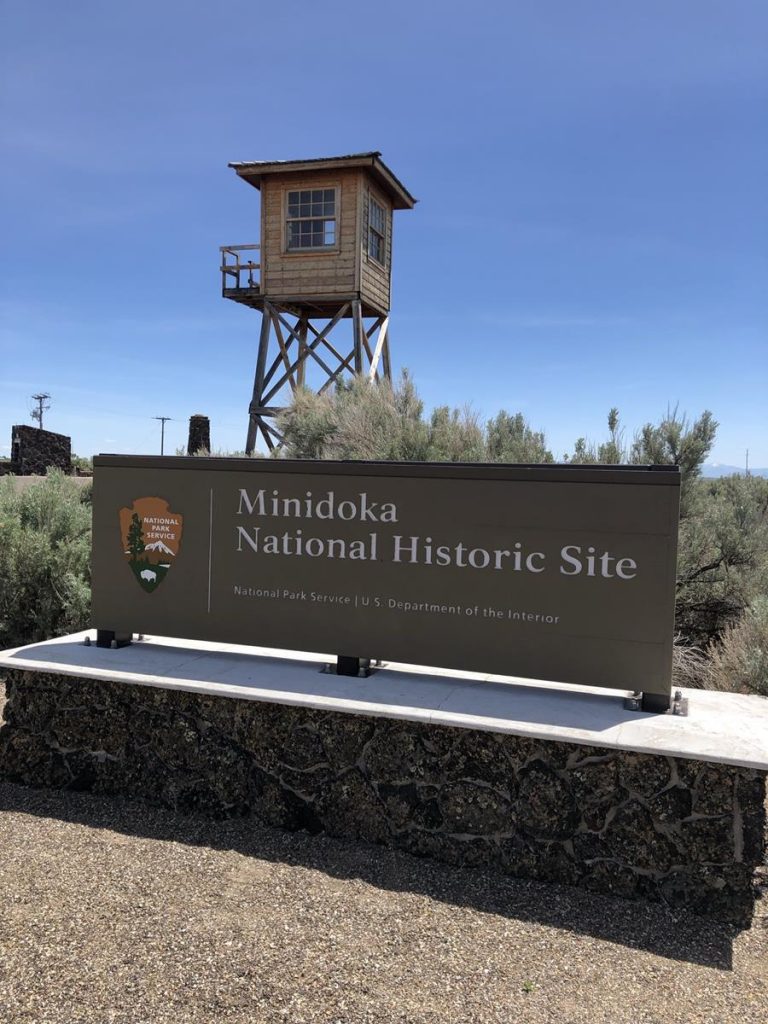
Minidoka
I grew up in the Pacific Northwest but learned very little about the Japanese Internment Camps during WWII. After reading a few WWII books that mentioned the internment camps, I have been focused on learning more about this often neglected part of U.S. history.
We were recently traveling home from visiting my family in Oregon and traveled through Idaho on I-84. When my daughter Grace was looking for a few places to visit as we traveled home, she realized that we would be traveling near Minidoka National Historic Site.
Our whole family loves history, so it made a great stop. We only had a few hours there, but we were still able to see the majority of the park.
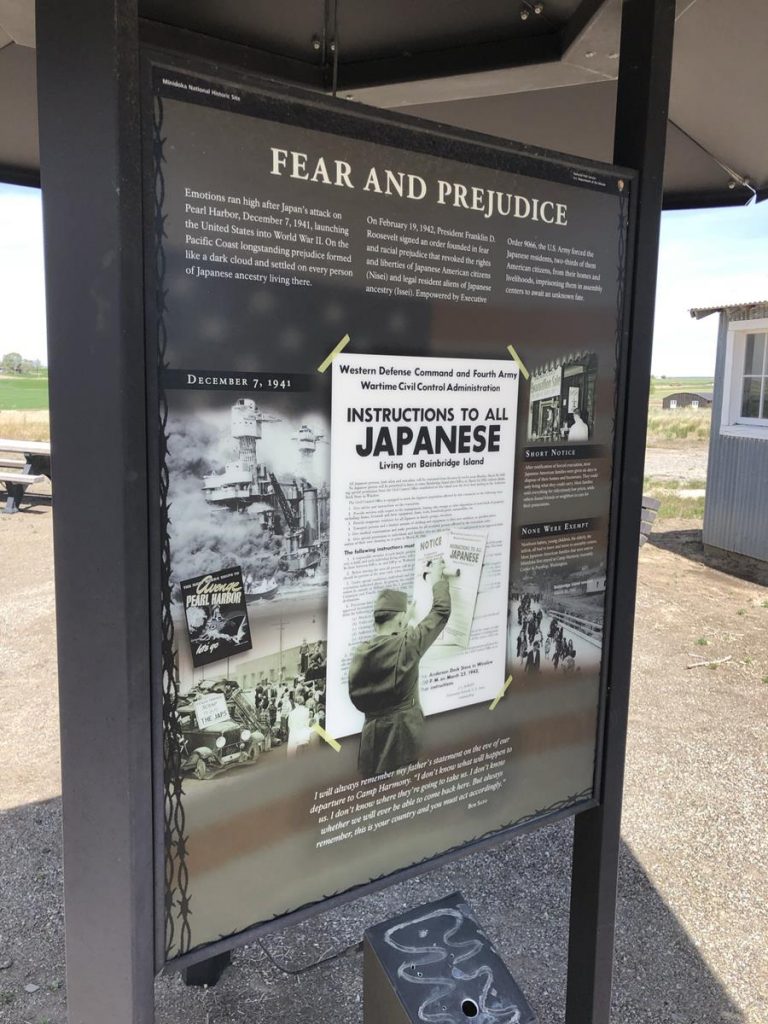
Minidoka War Relocation Center was known locally as Hunt Camp. It is a place that now shares the story of 13,000 people that were imprisoned at the camp during WWII.

Minidoka was full of Japanese Americans from all over the Pacific Northwest, but many of them were from Oregon and the Portland area.
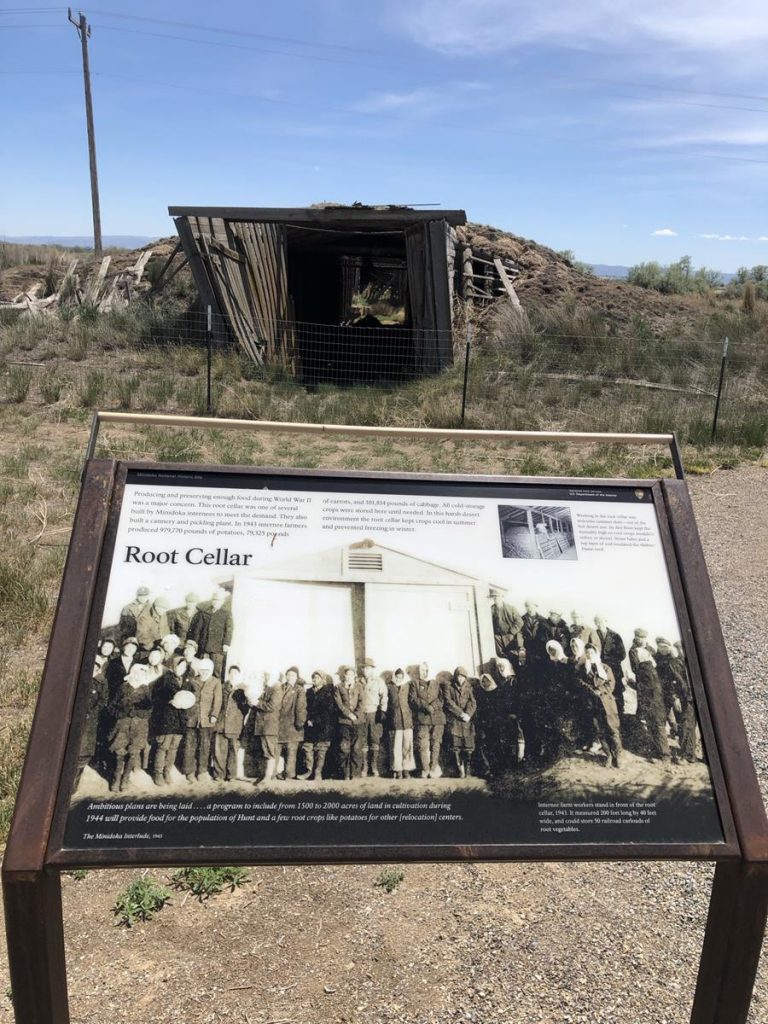
A National Historic Site
Minidoka Internment Camp is a National Historic Site run by the National Park Service.
The site is a developing site that is still in progress. It opened in 2017 with the visitors center being finished in 2020.
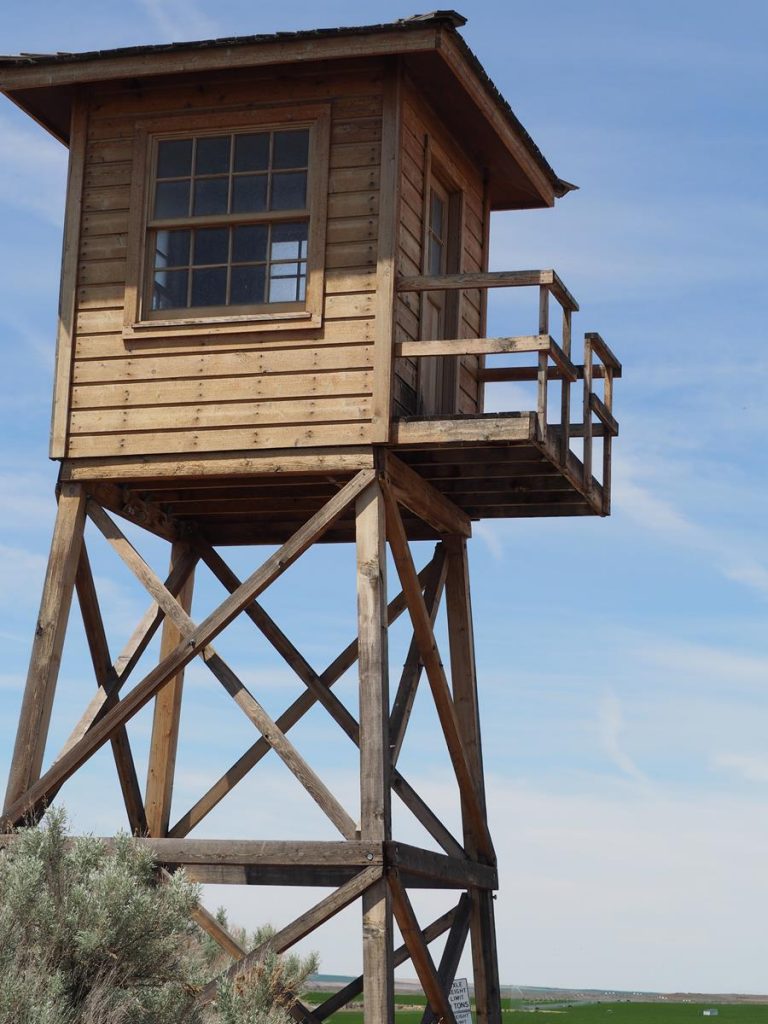
Most of the area that you can tour is outside so wear comfortable shoes and clothing appropriate to the weather.
There is a small visitors center that you can also tour.
There are plaques all around the grounds explaining the buildings that remain and what the remnants of other buildings were.
Minidoka is located in a remote area near Jerome, Idaho. It feels very remote today and I am sure felt even more remote to those imprisoned at the camp.
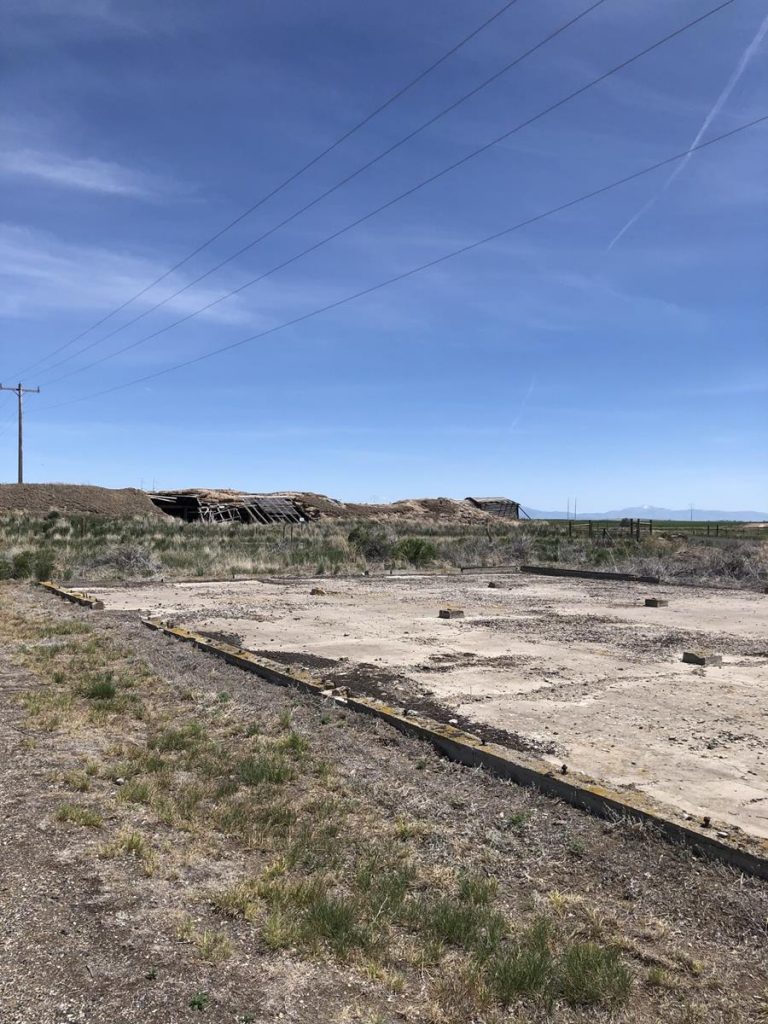
Minidoka is in the high desert. It is quite a contrast from the western part of Oregon and Washington that many of the Japanese Americans had come from. Instead of cool rainy weather with rivers, trees, and mountains, they were surrounded by the dry high desert mountain climate of Idaho.
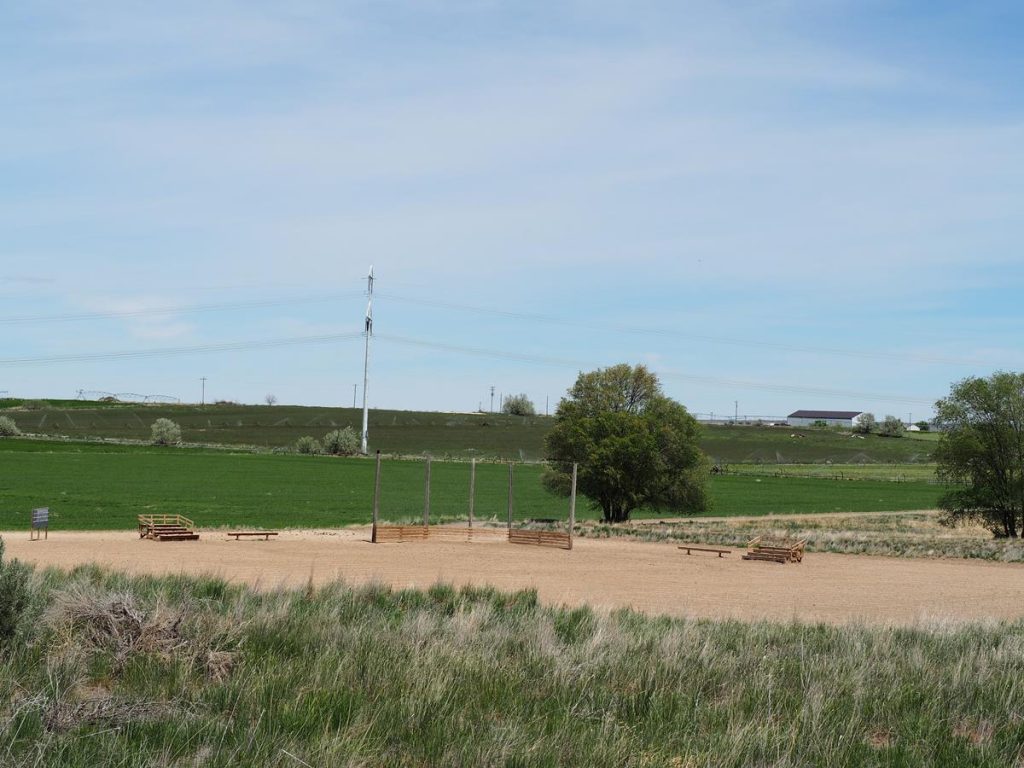
Idaho beautiful in its own way, but it must have been quite the shock for those that were used to the more mild climate of Oregon and Washington.
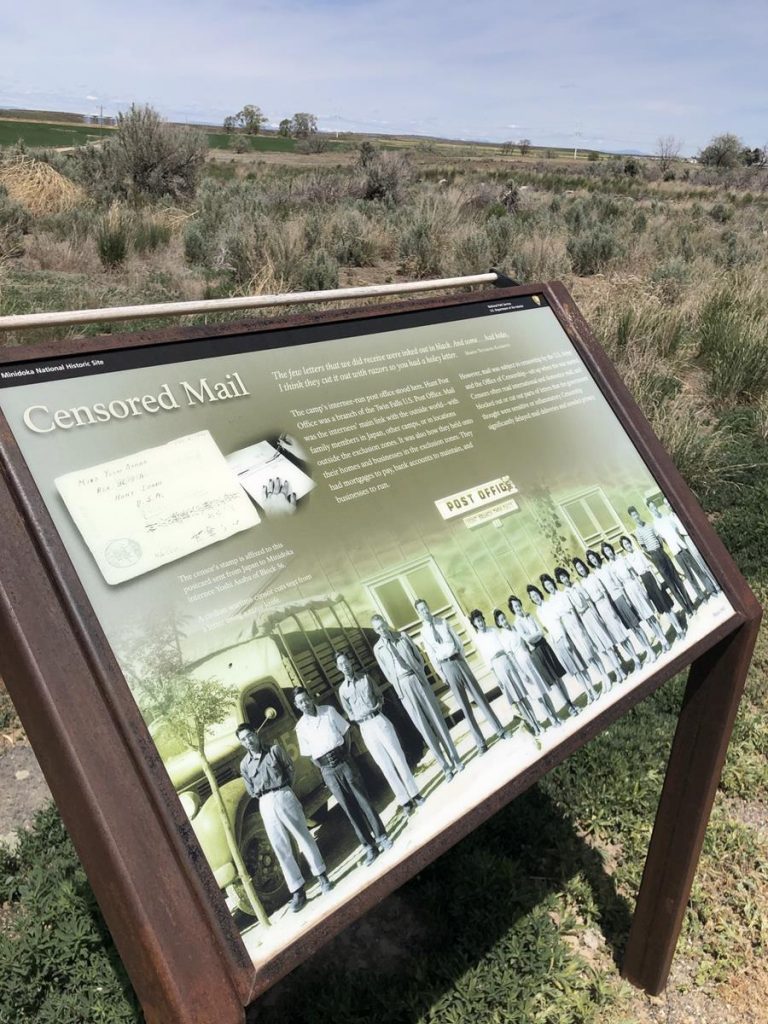
Minidoka functioned as a small town.
It has a fire station, a water tower, a school, a baseball field, an area of swimming, barracks, a mess hall, post office, hospital, agricultural area, and more.
But since it was an internment camp it also contained guard towers so that those imprisoned could not leave.
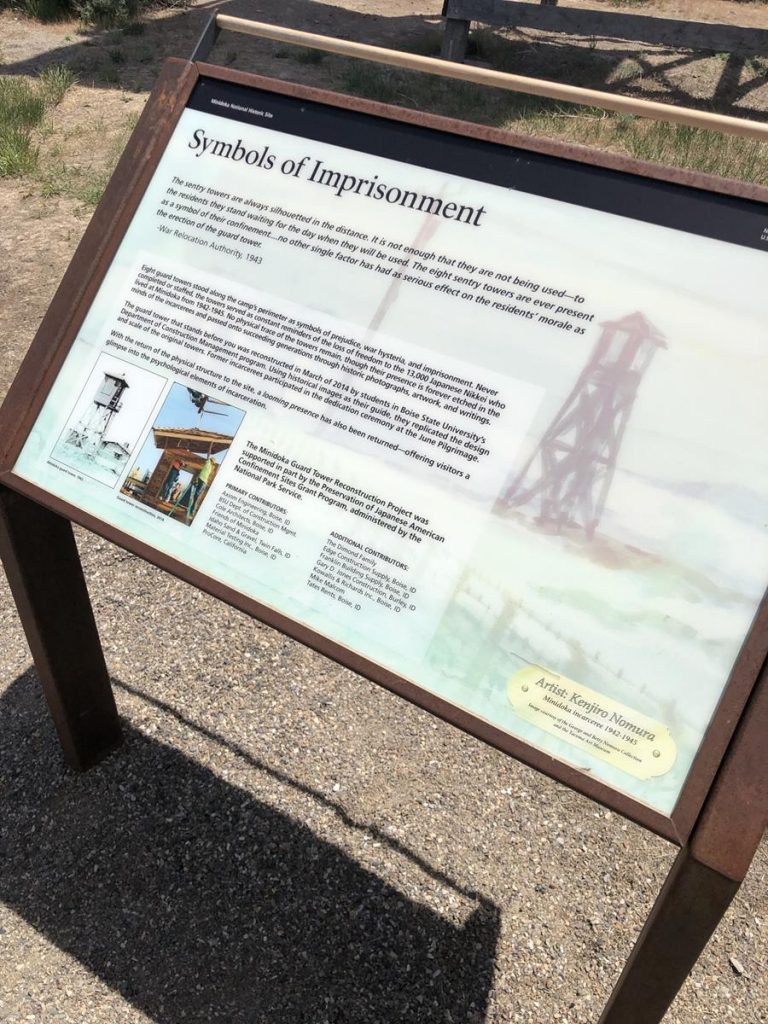
Important History We Can’t Forget
The U.S. internment camps that house thousands of Japanese Americans along with some German and Italian Americans is a sad part of U.S. history, but it is part of our history.
We can’t erase what was done, but we can remember it. If we don’t know our history, we are more likely to repeat it.
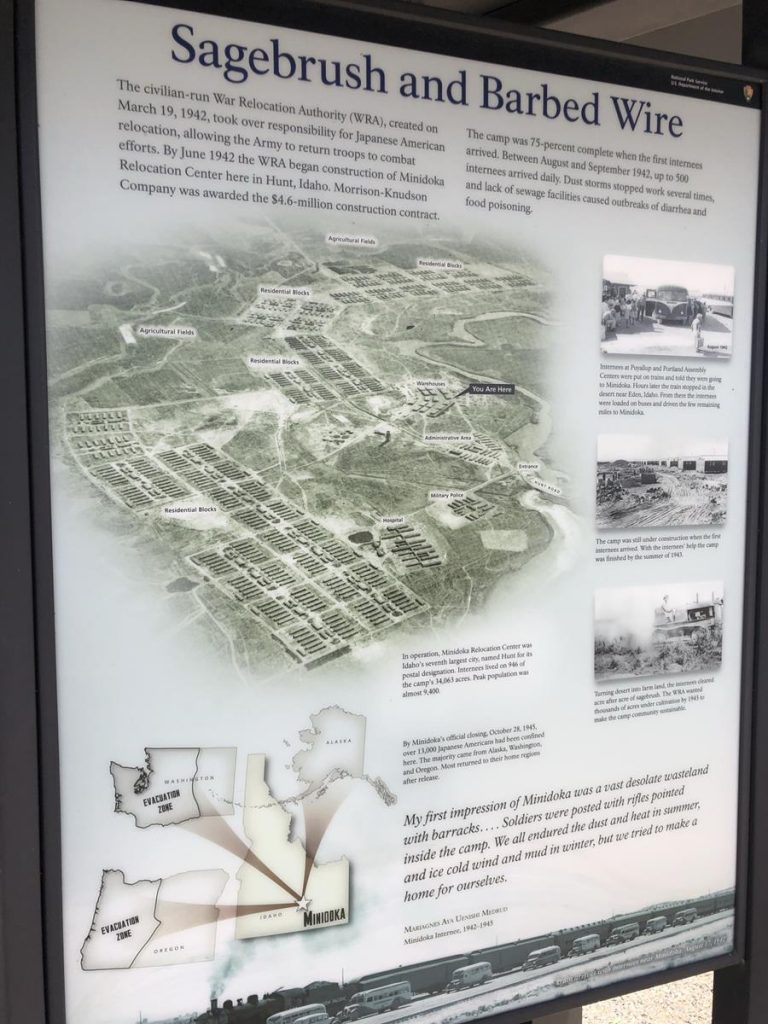
If you enjoy WWII and are traveling through Idaho, I highly recommend a stop at the Minidoka Historical Site.
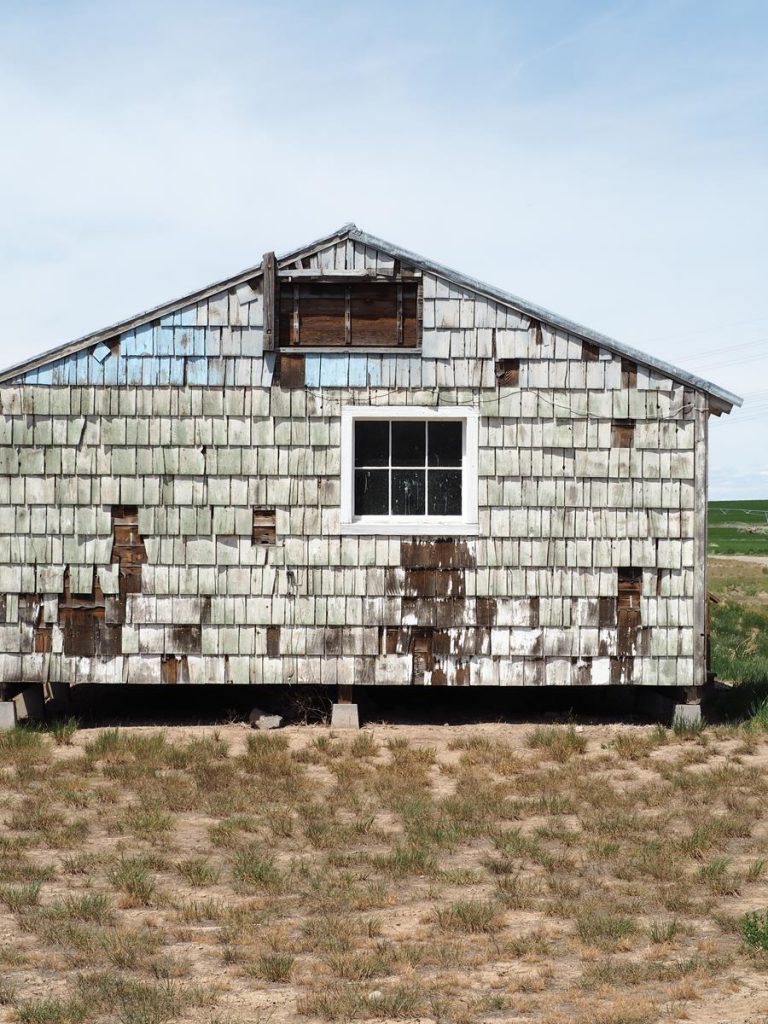
It is well done and I am sure will be improved on as they continue the work to restore some of the buildings. The park rangers were very helpful and gave us some great book recommendations.
After visiting Minidoka, I am adding the other internment camp sites to my hope to visit someday list.
What internment camp is Keiko’s family sent to in Hotel On the Corner of Bitter and Sweet?
For those of you that have read Hotel On the Corner of Bitter and Sweet, you might enjoy this fact.
Minidoka, this internment camp in Idaho that we visited, is the internment camp that Keiko and her family were sent to live in, in the book Hotel On the Corner of Bitter and Sweet.

Have you read Stubborn Twig by Lauren Kessler? Given your Oregon roots, you might be interested, as it’s about a Japanese American family from Hood River. It was a hard one to read, especially about the relationships that were broken when prejudism and fear took hold in the community. Minidoka was the internment camp the Yasui family was sent to.
I have that book, but have not read it yet. I have heard it is a hard one to read so I just haven’t picked it up yet. I bought a couple of others that the park ranger recommended when I visited Minidoka and they look like great but hard to read books too. I love learning about this part of history, but the books are such hard topics that they tend to be slower reads for me. I am so glad to hear that Stubborn Twig is worth the read though! Thanks for the recommendation.